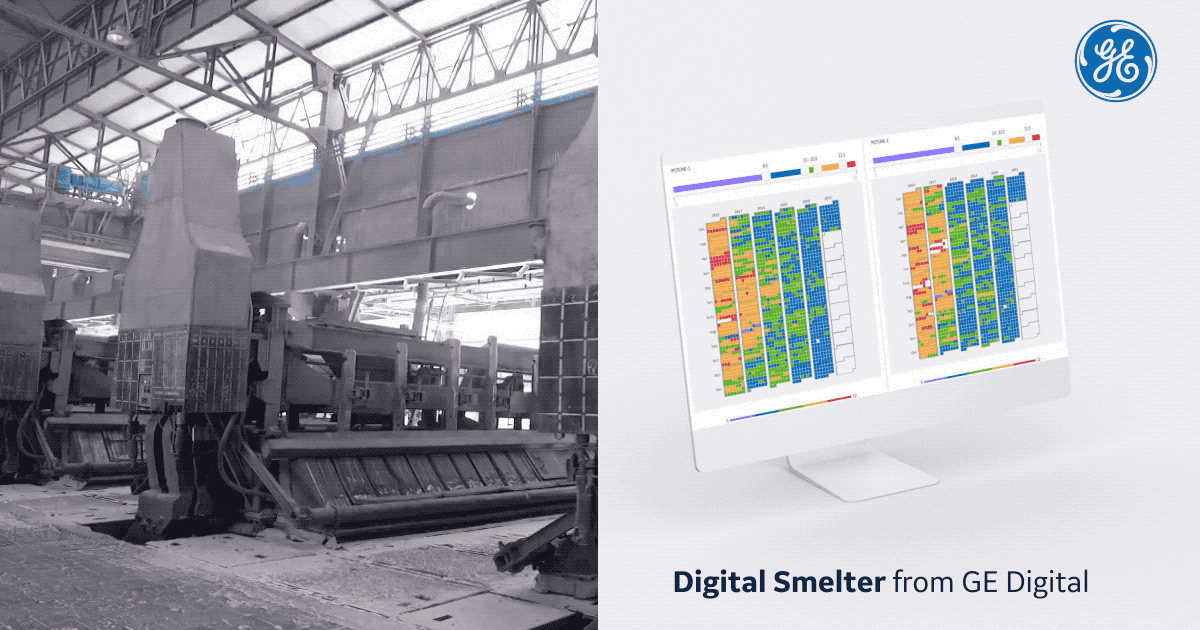Leaky pots are never a good thing, but the stakes are particularly high in an aluminum smelter, where the pots in question are several meters wide and are heating molten metal at 950°C. That’s a leak that will do more than ruin dinner.
As you can imagine, keeping a close eye on even the smallest anomaly concerning these pots is crucial to efficient operations, especially at large smelters, such as those in the GCC region, where potlines are hundreds of meters long. Aluminum production is an important industrial sector in the Middle East, and is expected to experience production growth in the coming years
That’s why the Digital Smelter solution from GE Digital has the potential to make a big difference for regional smelters, who comprise nearly 9% of global aluminum production.
The software can help Gulf smelters decrease raw material and energy consumption, in support of national sustainability and environmental goals.
The flagship advantage of Digital Smelter is its ability to predict pot leaks, which can cause unplanned stoppages and degrade pot health.
By combining physics-based modelling and machine learning-powered analytics, Digital Smelter delivers a complete analysis of the components within a pot, as well as each potline.
This can help increase the efficiency of the smelting process by helping to predict potential process and equipment anomalies and prescribe the most effective solutions.
The software, which creates a “digital twin” of the pots and potlines, can help optimize energy consumption, keep processes reliable, improve the quality of aluminum, and reduce raw material consumption by modelling the proper amount of aluminum fluoride to use in each batch.
Executives and plant operators can easily access dashboards showing the productivity, efficiency, and health of each potline or all lines across the organization.
With the ability to benchmark performance across potlines, poor performing lines can be quickly identified and operators can review heat maps, performance trends, and pot health indicators to make decisions to restore the line’s performance and create more value for the business.
The software can prescribe the best action to help ensure the plant doesn’t shut down over costly equipment failures or environment, health and safety (EHS) events, which could lead to fines and additional regulatory requirements.





